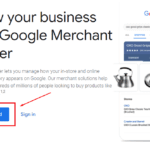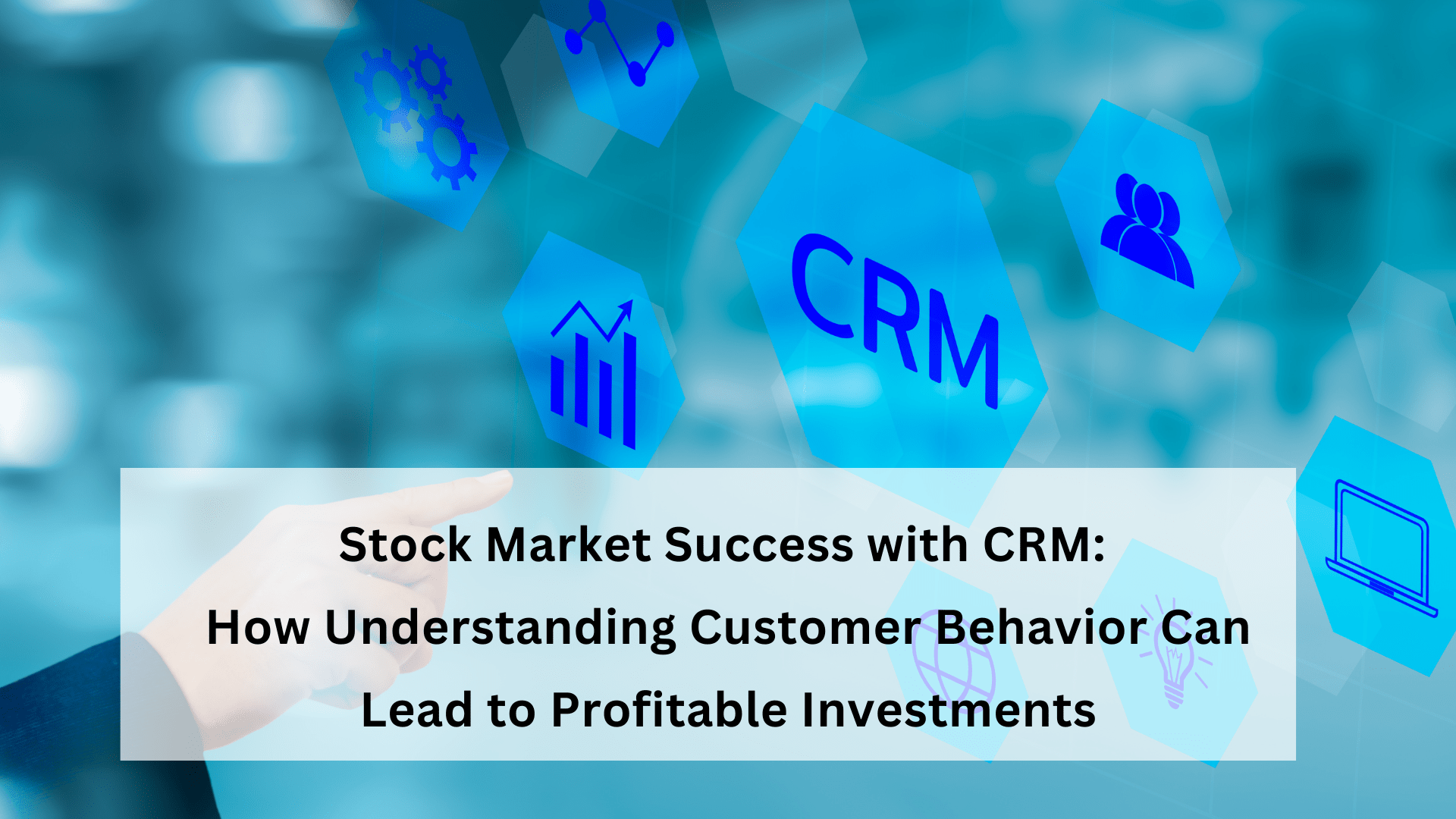
Cash flow issues have been the downfall of some of the best companies you’ve never heard of. In fact, an astounding 82% of unsuccessful businesses cited cash flow issues as the cause of their collapse.
On the other hand, most of today’s most successful businesses rose to the top of their respective industries, at least partly because they recognized the significance of cash flow and put time and effort into mastering it.
What Is Cash Flow?
The amount of money entering and leaving your business over a specific period is known as cash flow. When your business has a positive cash flow, more money is coming in than is going out, allowing you to pay your bills and other costs. When your cash flow is negative, you cannot make those payments.
If you don’t truly have the cash you need to run your firm on hand, you run into problems. Finding out when you will have cash on hand, learning to acquire more of it quickly, and learning to control your expenditure are all essential components of managing your cash flow.
Learning how to manage cash flow is an essential building block for managing your business finances. After you’ve mastered it, you may think about how to grow your business while improving your profit margins..
Cash Flow: A Function of Finance or Procurement?
Although it is commonly understood that finance departments are responsible for managing cash flows, it is procurement that supports cash flow management. It is necessary to have complete insight into and control over spend data management in order to know when to hold onto cash, use it to cover expenses, or invest it to spur growth.
Your procure-to-pay process is the conduit through which every expenditure made by your company is routed, so errors, inefficiencies, and other issues in procurement processes can both hurt your financial results and reduce the amount of working capital you have available.
For example, your procurement department might strike a deal of a bulk order to get discounts but to bag these discounts, they have to hold a huge chunk of inventory until it all sells off. In this case, the procurement department’s decision has blocked the cash flow in the form of inventory, limiting the organization from investing in other areas, thus causing opportunity costs.

Top 3 Ways to Improve Cash Flow With Procurement
Here are the top three ways through which you can improve your cash flow with the help of procurement:
Periodic Inventory Audit
To improve cash flow, procurement teams should conduct periodic inventory audits to confirm the inventory level and estimate the re-order point. Knowing when to order and how much to order are essential questions that can save you from holding up your inventory. This involves having an accurately forecasted demand, lead time estimations, and calculating some amount of safety stock.
Having an optimal amount of inventory can ensure that customer satisfaction is maintained, and excess is kept to a minimum. If you have a shortage of inventory, then you might lose customers and ruin your reputation. Whereas if you have excess inventory, then it might lead to pilferage, expiration, or leakages.
For example, if a restaurant owner’s forecasted demand is faulty, they might procure an excess of a certain item. If their forecasted and actual demand is not met, they would be left with tied-up cash flow and ultimately end up losing it when the perishable item expires.
Regardless of the levels, maintaining inventory needs a lot of cash, therefore, maintaining the right levels regularly is essential for managing cash flow and safeguarding your company.
Renegotiate Credit and Payment Terms
Lengthening your payment terms with suppliers with the support of an invoice management system can help you manage your cash flow more effectively by allowing you to have extra working capital to pay bills and salaries or reinvest in your company.
According to an Ivey case study, giants like Apple have a 90-day credit term with their suppliers, allowing it to have a healthy cash flow and reinvest in areas like R&D to maintain its point of differentiation.
Good communication with your suppliers will be essential to achieving this. Make sure you continue to communicate with them by phone or email. You can also strike exclusivity deals that can help you negotiate long credit terms. This involves promising suppliers to provide them with your future orders if they agree to your terms.
Similarly, you might want to accurately calculate discount deals that do not end up holding a lot of inventory. A proper balance can also save you from spending extra cash, which could have been saved in bulk discounts.
Leveraging Technology
Managing inventory levels and manually gathering insights can be hectic. It might involve a lot of errors and inefficiencies as human intervention is involved. A lot of time and resources are spent on copy-pasting data and analyzing it. This can lead to poor and costly decisions that block your cash flows. Similarly, it would be difficult to identify if there are any cash leakages.
Procurement software technology can help create total visibility across your procurement processes and eliminate the chance of fraud and rogue spending. Repetitive tasks are eliminated, which decreases the need for manual intervention and improves cash flow to these sectors.
With the help of technology, the firm can accurately forecast demands and calculate reorder points. Automatic three-way matching helps you avoid costly exceptions and duplicate, late, or missing payments that could sour your relationship with your vendors.
Additionally, you may stretch your budget and create strategic alliances for long-term cost savings and value by using better, more strategic sourcing and supplier relationship management technologies.
Endnote
While having cash on hand is important, a company’s cash flow reveals the complete picture of its sustainability. How does your business make money, and where does it spend it? These questions will have thorough answers provided by effective cash flow management, which can also safeguard your company in a time of crisis if supply chain risk is present.
Procurement operations significantly impact the cash flow and financial stability of the organization. Reaching company financial goals and improving cash flow can both be considerably aided by adopting a strategic approach. Improving revenues and receivables is just as crucial for cash flow strategies as managing spending and account payables.

Prasanna Rajendran is the Vice President at Kissflow, where he heads the business operations of Kissflow Procurement Cloud, a flexible procurement software for procurement teams to streamline all their purchasing processes in a single place. He has over 20 years of experience in technology and has helped Fortune 500 companies with custom solutions in the sourcing and procurement space.
Meta Description: Cash flow serves as one of the most significant indicators for assessing financial health. Learn how you can improve cash flow with procurement in your organization.








